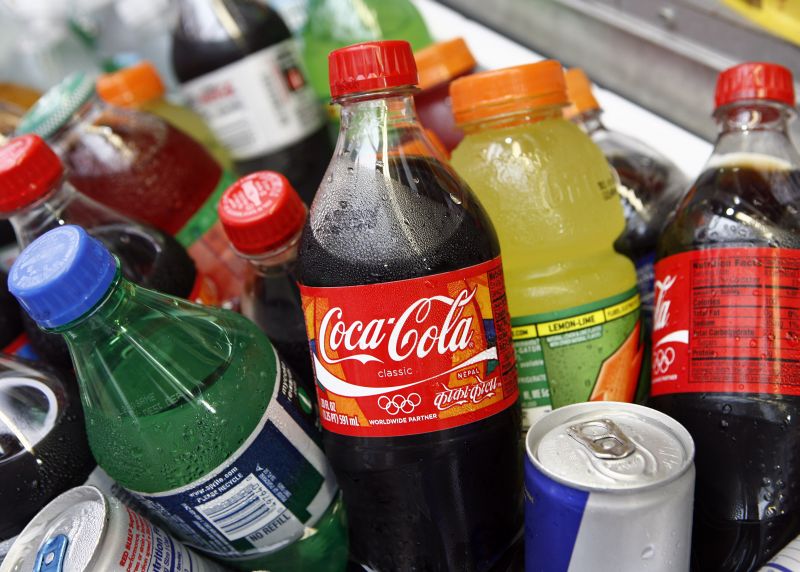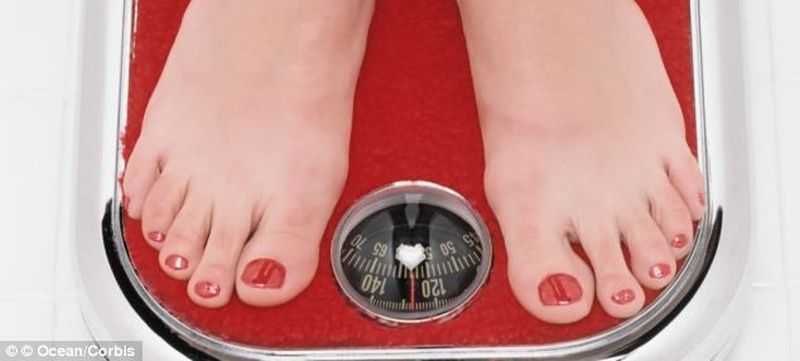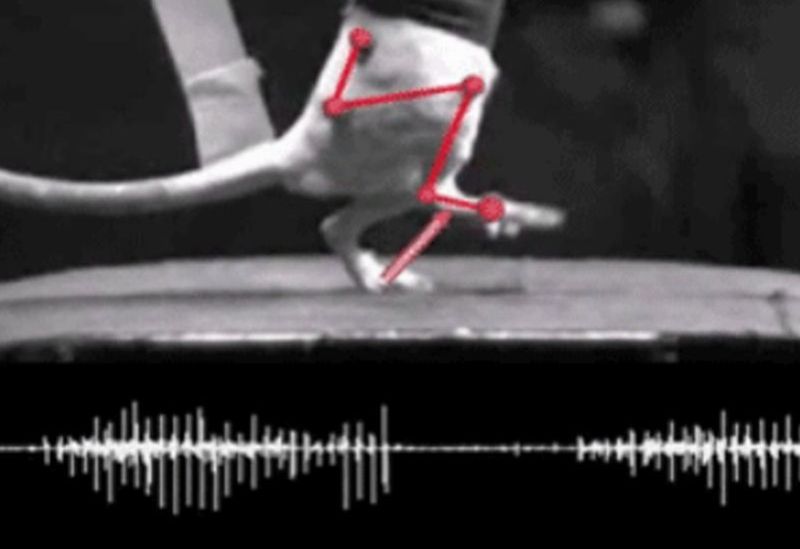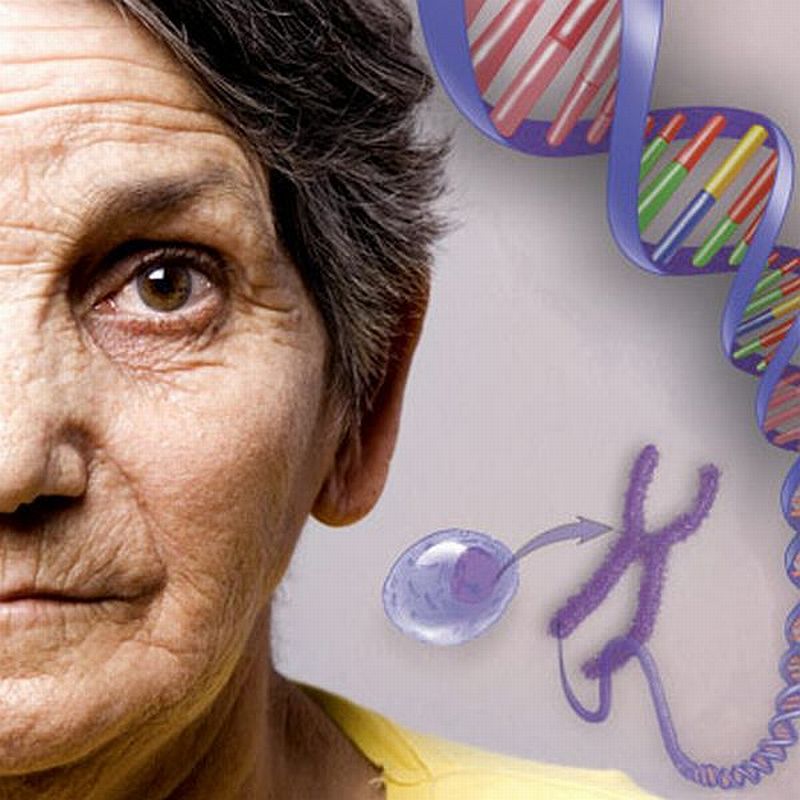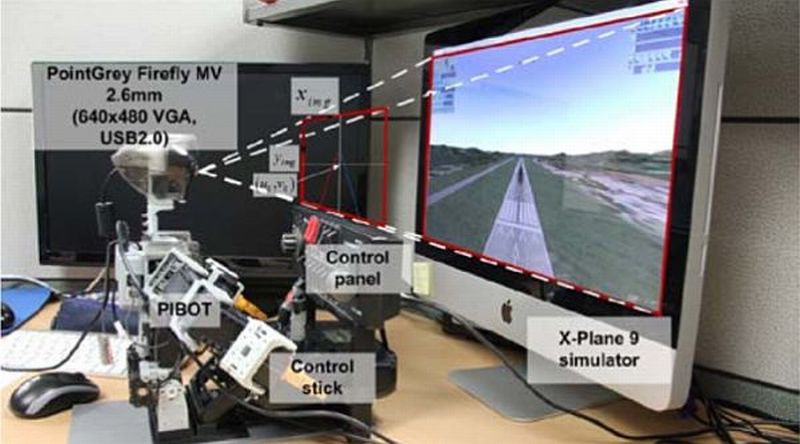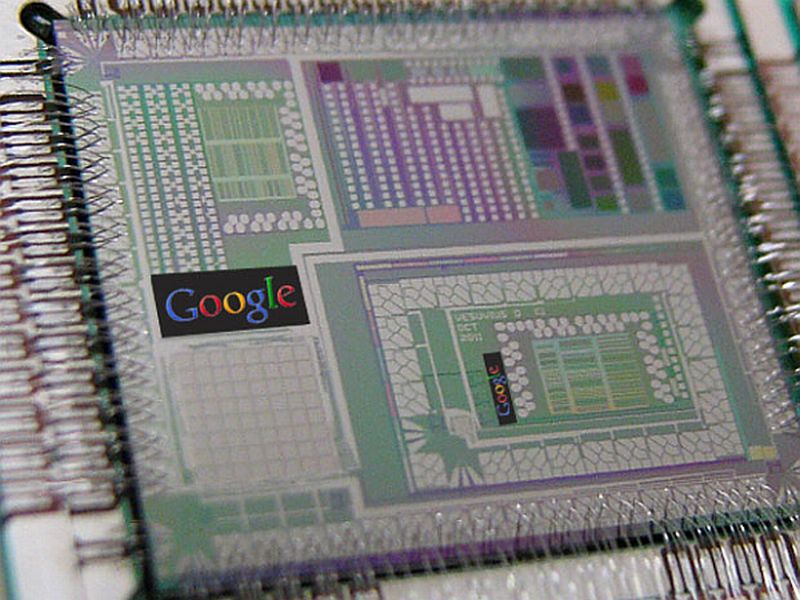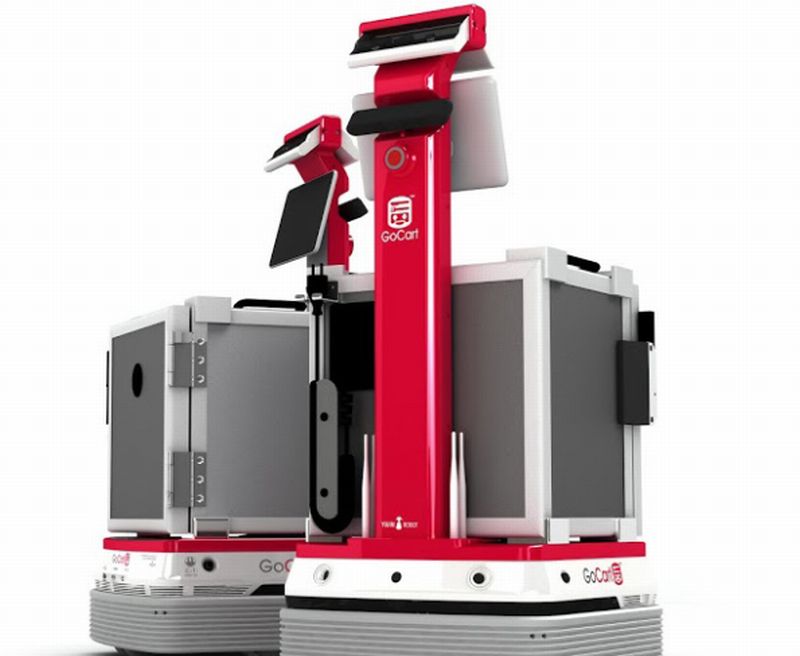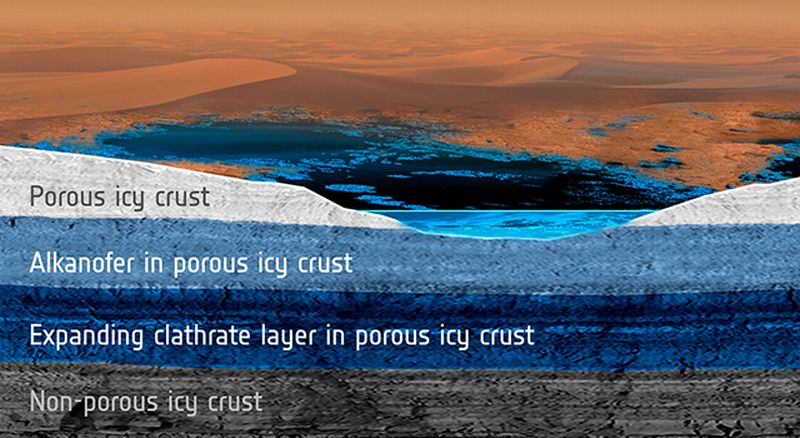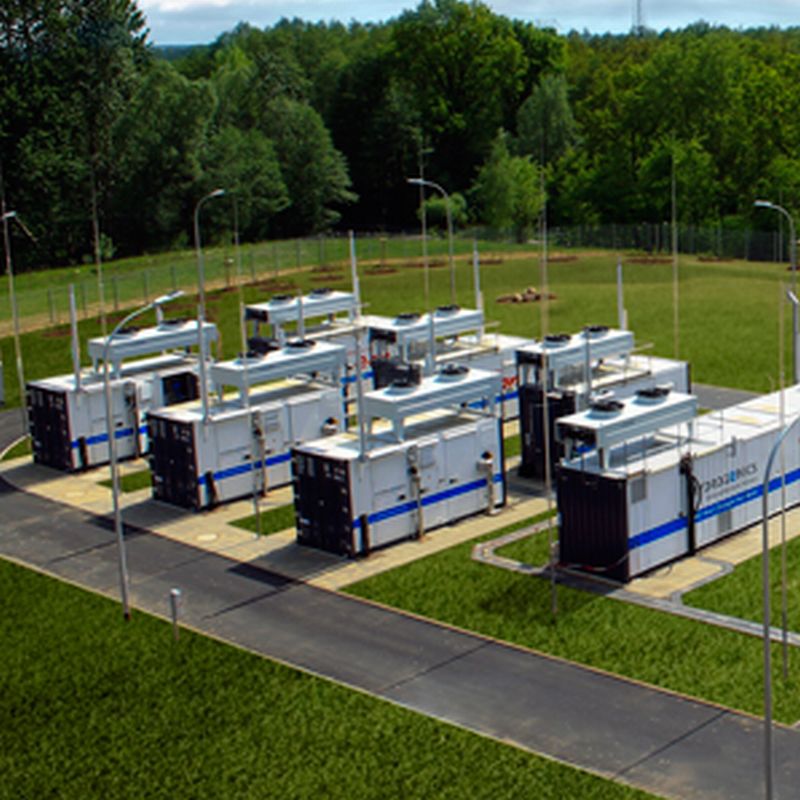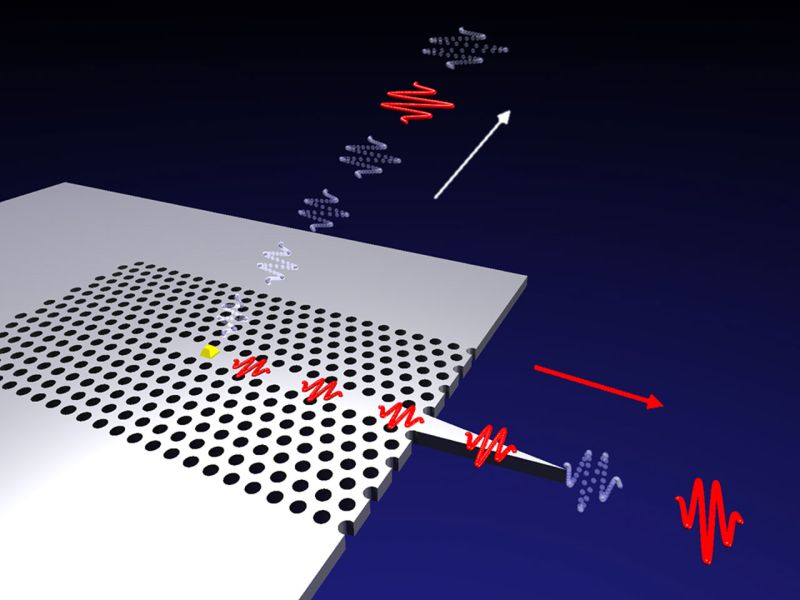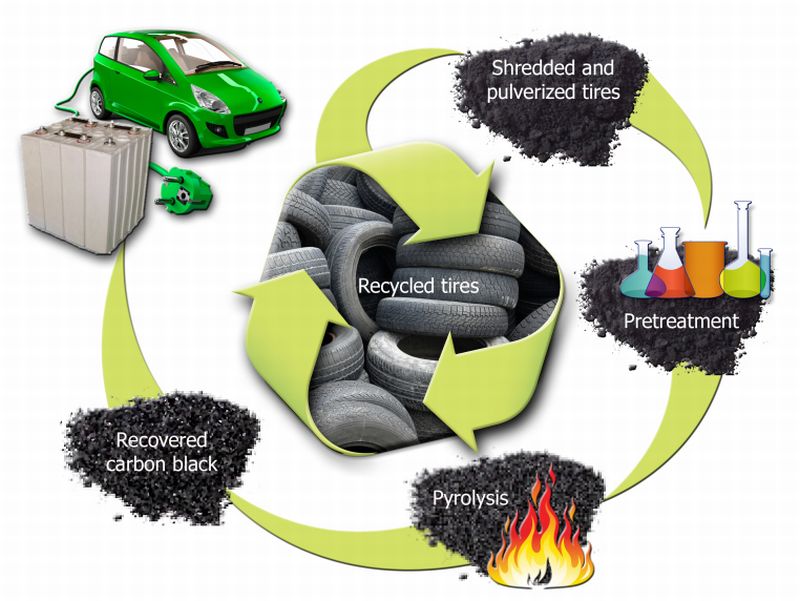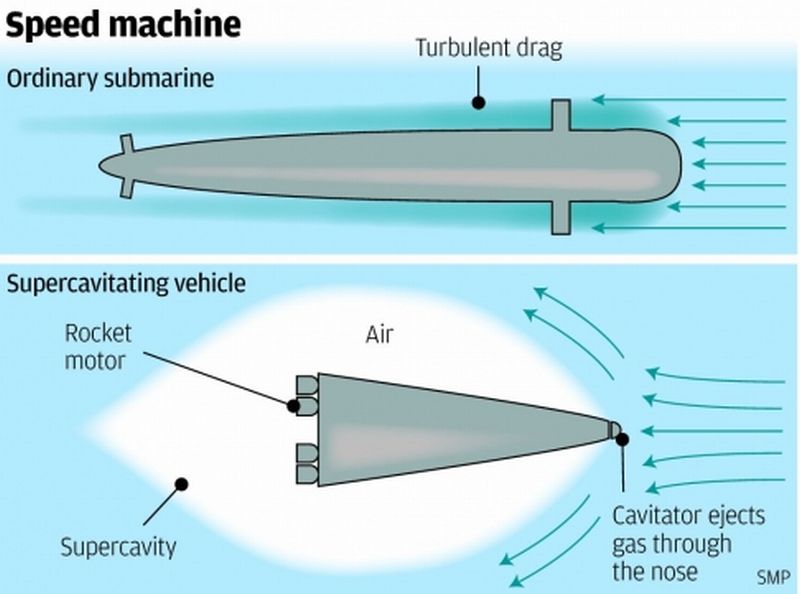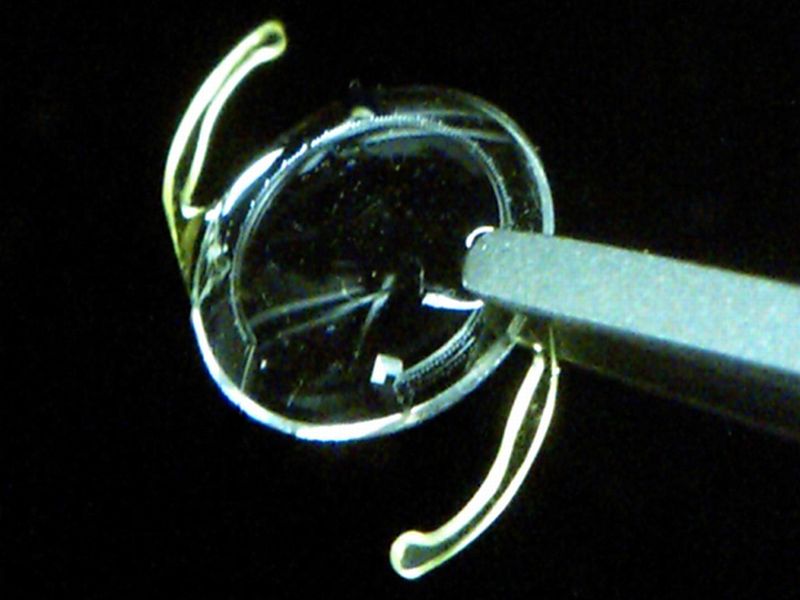High intake of sugar-sweetened beverages (containing high sugar or high fructose corn syrup content) are responsible for obesity, diabetes, coronary heart disease and other disorders. But recently, experts have found that these beverages when consumed (especially in adolescent age) can lead to poor memory and learning skills.
Read MoreTag: research
Mutant Gene to Control Weight Gain: No More Diet Plans
Good news for all the folks who often fail to resist the tempting calorie loaded mouth watering food and in turn keep gaining weight. According to a latest research, scientists very soon will create a pill that can keep a check on individual weight without having to sacrifice on favorite foods like cakes, burger, pizza and ice cream.
Read MoreElectrical Pulses used to reinstate Movements in Paralyzed Rats: Epidural Stimulation
In Frankenstein effort, Gregoire Courtine, a researcher at the École Polytechnique Fédérale in Lausanne, Switzerland, has developed a process that has helped a paralyzed rat in walking with a precise cadence. The neuroscientist has employed electronics to reinstate realistic movements to the disabled animal. With an aim of resurrecting life in the paralyzed limbs of people, the researcher has zapped spinal cords with electrical pulses. These undulations will substitute the commands being sent by brain in normal condition however, the signals are disrupted with an injury in the spinal cord.
Read MoreOn/off Switch for Aging Cells Discovered: Telomere Homeostasis
Newly divided cells of the human body have an ability of replenishing certain organs including lungs, skin and liver consistently. However, majority of these cells have an expiry date, which means, they cannot perform the function throughout, since each division also corresponds to shortening of chromosomes. Upon reaching a certain stage telomere, the area of repetitive nucleotide sequences situated at the peripheral of each chromatid, stops the dividing process. This leads to degeneration of organs and tissues and eventually aging. However, in the presence of telomerase, an enzyme that rebuilds…
Read MoreMangalyaan beams back Images from Mars: India’s First Successful Mission to the Red Planet
India’s Mars Orbiter Mission after positioning itself successfully into the orbit, took some images of the red planet. The image reflected the planet’s crater-marked surface. The Indian Space Research Organisation (ISRO) circulated the images across its network via its facebook page. Pictures containing orange surface with dark holes were taken at a height of nearly 4,536 miles. ISRO’s lead researcher V. Koteswara Rao confirmed that the spacecraft is working absolutely fine and that it has been able to click couple of pictures of the surface and its surroundings. Soon enough,…
Read MorePIBOT will be the next Flying Captain: Humanoid Learns to Fly Real Airplanes
Last week, we talked about NAO, the humanoid learning to steer wheels and now we have a similar humanoid that is learning to fly real planes. PIBOT is the name of the small and affordable humanoid that is ready to take off our expectations into the skies. PIBOT has been fabricated to operate a toned down, simulated aircraft cockpit. The intelligent synthetic creature is able to make out and use the entire controls comprising of buttons and switches present in the cockpit of a light aircraft that is especially designed…
Read MoreGoogle’s First Quantum Computer: A Combination of D-Wave and Universal Gate-Model
Quantum logic gate based on qubits is what most of the quantum computing labs is working on to make the product a reality. However, these labs show no or less confidence in companies like D-Wave, the Canadian based that came out with world’s first commercially available quantum computer functioning on 128-qubit chipset, in 2011. Lately, in an interesting turn of events, Google went a step ahead by hiring a team of researchers for building their initial Google quantum computer using quantum annealing as per the D-Wave approach than the conventional…
Read MoreGoCart, the Food Delivery Bot: Service Robot for Elderly and Health Care Industry
Slowly and steadily, robots are replacing labor in nearly all sectors some envision it as a threat while others think that it will make the human lives more convenient. There is no doubt that these machines would directly improve productivity and efficiency especially in service sector. Thinking on the same lines, manufactures are working across nations in developing service-oriented bots, first came James the Barman, followed by SaviOne the butler bot and now South Korea-based Yujin Robot has come up with GoCart, a meal-transport machine especially designed to function in…
Read MoreNAO will Drive its Own BMW Sports Car: Humanoid Learns to Steer
Autonomous vehicles are the machines capable of steering by itself, a concept that we are still trying to converge on the line of safety of passengers. Now what if an external machine comes and steer away a vehicle that is designed for humans? Robots LAB, San Francisco based distributor of educational robots, have led to the creation of this imagination, they have come forward with a tiny tot humanoid Nao along with a BMW Z4 Electric sports car. Nao is capable of steering the car independently. The vehicle is equipped…
Read MoreInterplay between Subsurface Liquid and Clathrates Reservoirs on Titan: Methane Rainfall
Information gathered by NASA in collaboration with European Space Agency Cassini mission has surfaced presence of numerous lakes across the northern polar area of Titan. Instead of consisting of water, these seas are composed of hydrocarbons, the organic compounds that are also present on Earth. As per the previous studies, the rainfall from the surface clouds brings about major amount of liquid on Saturn’s moon. However, the cycle of liquid moving through the moon’s crust and the atmosphere is still under consideration.
Read MoreThe Electrolyzer Project: A Promising Technology to Hydrogen Energy Storage
In order to solve the impending world’s problem for renewable energy, Germany is becoming more and more dependent on wind & solar power. Currently, the nation has come up with 20 more projects involving storing energy by creating water splitters, the process is known as Electrolysis.
Read MorePhotonic Circuits to replace Electronic Circuits: New Quantum Technology
Photonic circuits would soon be replacing electronic circuits in the near future of quantum circuits. Since a decade, researchers across the globe were working towards developing quantum circuits but circuits based on light had its limitations however, researchers at the Niels Bohr Institute, Copenhagen have been successful in bringing about the probability.
Read MoreWaste Tire Rubber to replace Graphite Anodes: Battery Technology
Shredded scrap car tires have already find their way by means of recycling into the field of construction, floor mats, shoe soles and rubberized asphalt road material. Now, they would be morphing into another innovative role by becoming an integral part of hybrid and electric cars. Researchers at the Oak Ridge National Laboratory are trying to resurrect life from the discarded used tires in form of carbon material that would be used for lithium-ion battery anodes. Conventionally graphite, a natural carbon material, is the basic building block for lithium anodes.
Read MoreSupersonic Submarine glides from Shanghai to San Francisco in 100 minutes: Supercavitation Technology
Researchers at the Harbin Institute of Technology, China are attempting to create a supersonic submarine, which they envision would cruise through transatlantic underwater in not more than two hours. Li Fengchen one of the lead researchers claimed that they are developing an air bubble that would assist in gliding at very high speeds underwater. One of the main problems with conventional submarines is the friction produced by water, which is far more than flying through air, and so the force renders the machine incapable of peddling at high speed. Supercavitation…
Read MoreMicrofluidic Device for self-monitoring of Intraocular Pressure: New Eye Sensor
In order to measure the intraocular pressure, eye surgeons use puff test, however, the non-contact tonometer does not always give accurate results, and this has always remain a major huddle in solving the real problem. Now, the time is not far when the eye doctors would be able to gauge the problem in real time and giving effective treatment for blindness-causing glaucoma. Researchers from the Faculty of Life Sciences, Bar Ilan University, Ramat-Gan, Israel and from Stanford University, US have developed an innovative lens- mounted microfluidic sensor.
Read More
